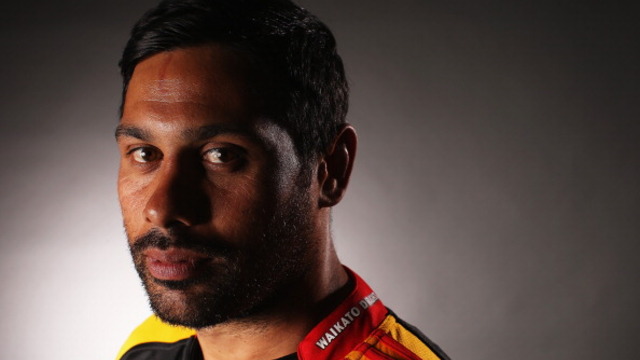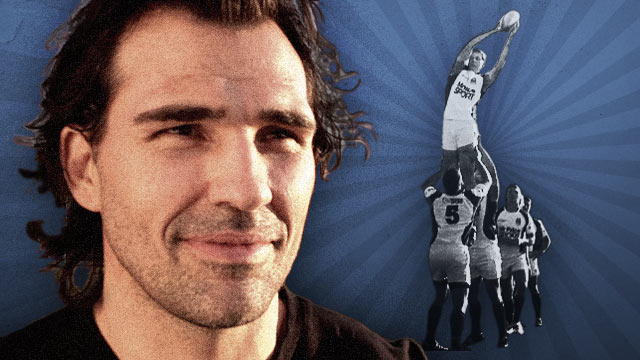JOE SCHMIDT’S POST-Argentina summer months will be spent finding a new forwards coach, as John Plumtree heads home to New Zealand after the current tour.
Ireland’s loss is the Hurricanes’ gain, with the former Natal Sharks head coach having made a major impact on Schmidt’s pack since taking over the role last September. It’s worth stressing that ‘Plum’ has had some superb forwards to work with, but the impression he will leave is hugely positive.
The ex-flanker is a student of the game – he spent time as video analyst for the All Blacks back in 2001 – and his character has matched ideally with Schmidt’s. Plumtree’s honest, direct approach has fitted in well with the type of culture his head coach has insisted upon in the Ireland group.
Learn from Joe Schmidt and 18 more of the world’s greatest coaches and players
The most obvious illustration of Plumtree’s impact with Ireland has been the line-out, which ran at over 90% success in all but one of the 2014 Six Nations games on Ireland’s throw, and delivered a 100% performance against Argentina last weekend.
Similarly, the maul was a weapon in Ireland’s Six Nations success, leading directly to tries against Scotland and Wales, while also pinning teams back at regular intervals. In Resistencia last Saturday, Ireland’s pack rumbled over for another maul score.
While the work Plumtree has done with Ireland’s pack will not utterly reverse itself, it is crucial that Schmidt finds an able, technically-proficient replacement as forwards coach with the 2015 World Cup looming.
Line-out basics
Not only does Plumtree’s personality match-up well with Schmidt’s, but his coaching style and beliefs are also rooted in similar values. Everything Schmidt wants his side to do is rooted in carrying out the basic skills superbly, be that passing, rucking, tackling or fielding.
Plumtree’s beliefs around the line-out are entrenched in the same manifesto. 2012’s South African Coach of the Year is all about the basic skills at the line-out. Systems, moves, shape and calls are nothing without the players having the fundamental movement, throwing, jumping, lifting, reading and anticipation abilities.
“Quite often it’s not about the line-outs, it’s about an individual in the line-out,” said Plumtree last year.
“Whether it’s a poor lift, a poor jump or a poor throw, that can make the line-out break down. So we’re just trying to go back to the basics really and making sure everyone performs their role accurately in the line-out, so the line-out has a great opportunity to be successful.
“That is one of the keys. You forget at this level that you can forget about those basics. We have spent a lot of time talking about those basics and practising them.”
Learn line-out throwing from Bismark Du Plessis and Victor Matfield, start a 3-day trial now
Throughout the Six Nations, Ireland had three leading line-out jumpers in Devin Toner, Paul O’Connell and Peter O’Mahony, as well as Jamie Heaslip and [the rarely used] Chris Henry, meaning there were multiple options to throw to.
In Resistencia, O’Connell maintained his central role, while Iain Henderson and Robbie Diack came in as the other two strongest options for Best to hit with his throws. Henry, Jordi Murphy, Jack McGrath and Mike Ross spent the majority of the game as the lifters.

In the seven-man line above, we can see that Murphy 1, O’Connell 2, Diack 3 and Henderson 4 are all viable jumping options, stretching Argentina’s line-out resources. McGrath, Ross and Henry are the lifting options [as signified by yellow lines].
The fact that Diack, Henderson and O’Connell are all superb lifters themselves makes things even more multi-faceted from an Irish point of view. In the image above, and the GIF of the line-out below, it’s apparent that Murphy is unmarked at the front.
However, Ireland’s pattern on this passage of play calls for the backs to go wide to the far side of the pitch, so O’Connell [who calls the Irish line-out] wants to claim the ball at the tail, providing better possession for Jonny Sexton to shift out the backline.

The movement on the ground from Ireland is decisive, as Diack comes two steps forward and springs up, with O’Connell lifting at the front and Henderson at the back. Diack actually moves into the space in the Argentinian line where they have a prop standing [he obviously can’t jump], in between two of the Pumas’ jumping options.
The result is gorgeous clean ball for the backs, with Chris Henry also free to burst away from the very tail of the Irish line-out and resource any rucks on the opposite side of the pitch or in midfield if the backs’ move breaks down.
Under Plumtree and Schmidt, Ireland have also used plenty of shortened line-outs, with just five forwards involved in the set line. Again, the omnipotence of Toner, O’Connell and O’Mahony as lifters and jumpers made that set-up very successful during the Six Nations.

We saw plenty of that shape again last Saturday, with O’Connell, Henderson and Diack providing the jumping options, as the superb McGrath and Ross book-ended the line-out as the lifting options.
Henry has moved into the scrum-half position behind the line-out above, as he does so often when Ireland look to maul.While this set-up allows Ireland to simply jump at the front, middle or back without interchanging their individual starting positions, Plumtree has also encouraged his players to use sharp movement on the deck to create clean catching opportunities.

We see such movement in the GIF above [from a different line-out but with the exact same starting set-up apart from Conor Murray being in at scrum-half]. Henderson moves from the front jumping option, all the way to the tail, offering a dummy lift on Diack on the way through.
Meanwhile, Diack is moving forward with Ross in behind him, as McGrath moves towards the flanker to lift at the front. O’Connell’s dummy run has taken him right to the front of the line-out. Argentina have completely bought Henderson’s decoy movement to the tail and as Best’s throw is released, the Pumas’ only viable jumping pod is a metre behind Diack.

It’s also worth briefly pointing out the quality of the lifting by McGrath and Ross in this instance, going back to those basics that Plumtree has insisted must be focused on. In the still above, we get a sense of the height Diack gets to with a powerful lift; even if Argentina had read the movement, it would have been difficult to pick off the ball.
Plumtree’s main focus early on was to “make sure that every action becomes a habit and not a poor lift or a poor jump.” McGrath, Ross, Cian Healy and Marty Moore have all demonstrated that such an attitude is present in their lifting this season.
Ireland’s line-out set-ups against Argentina:
Five men in the line: 6 times
Six men in the line: 3 times
Seven men in the line [full]: 5 times
Diack an intriguing option
As a brief aside, Diack was excellent at the line-out for Ireland and offers a very interesting option moving forward as Schmidt constantly evaluates the make-up of his squad. O’Mahony is first-choice on the blindside after his superb Six Nations, and is a brilliant line-out player. While Diack was also impressive in bursts around the pitch, his set-piece work is equally as important.
Now-retired Ulster captain Johann Muller said the 28-year-old was “outstanding” in filling in as line-out caller for the province whenever the veteran lock was missing. Muller went as far as to call Diack’s line-out skills “a revelation this year.”

The former Stormers flanker possesses an excellent understanding of the line-out and fitted into Ireland’s structure superbly well on Saturday, making more catches on the Irish throw than any other player [not to mention the steals we will look at below].
Coupled with a rangy performance in open play, he offers something that Schmidt has come to value greatly; a top-class jumping option in the back row.
Line-outs catches on Ireland’s throw against Argentina:
Robbie Diack: 5
Paul O’Connell: 4
Iain Henderson: 3
Devin Toner: 2
What can you learn from Plumtree’s approach on concentrating on the basics of the line-out? Can your forwards interchange roles and positions in the line-out?
Read part 2 tomorrow – on attacking shapes, O’Connel’s supreme knowledge and competing with Argentina in the line-out and maul.
Learn online from the best coaches and players in the world, start a 3-day trial now




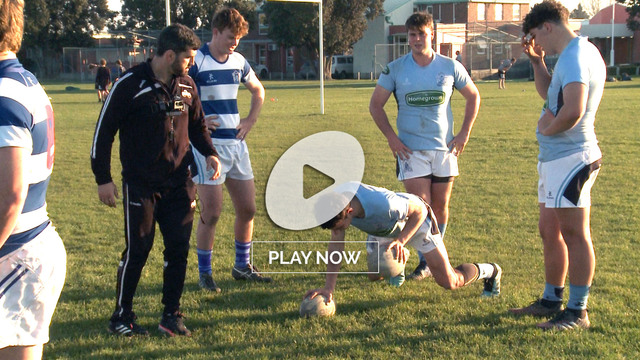
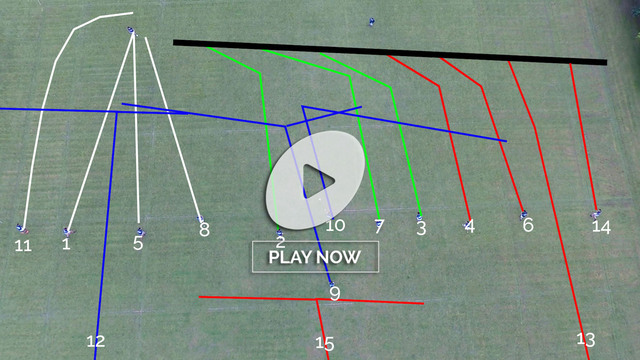
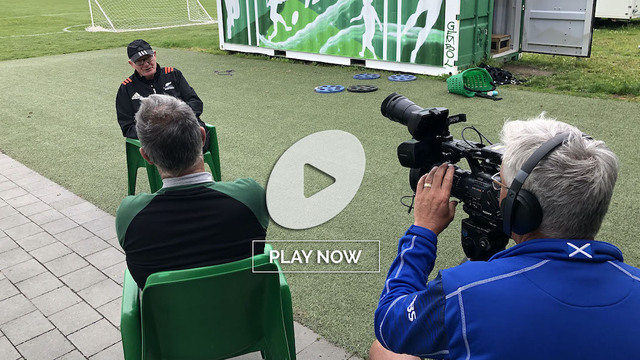
.jpg)
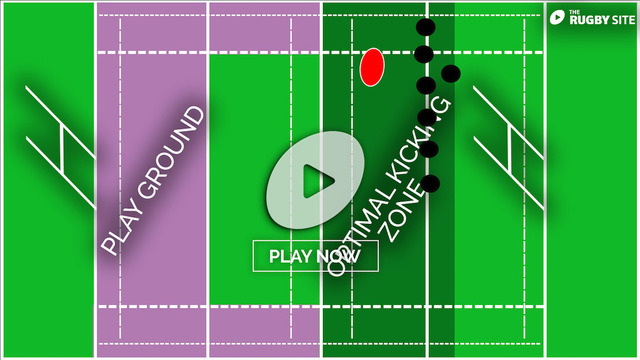
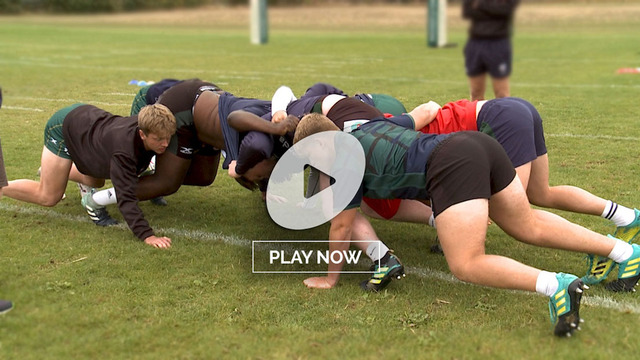
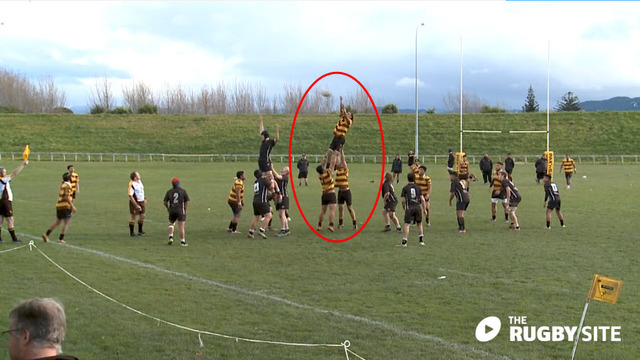
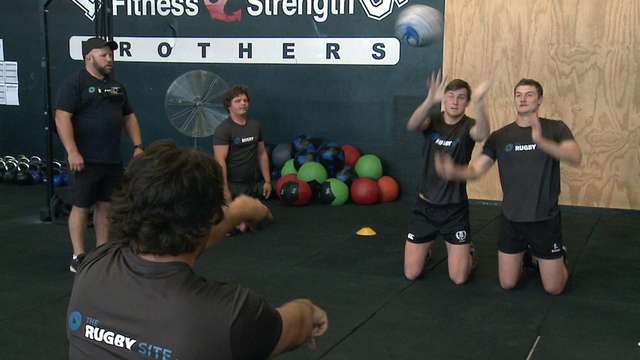
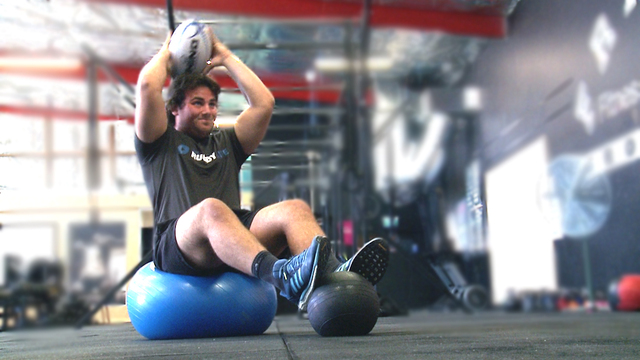
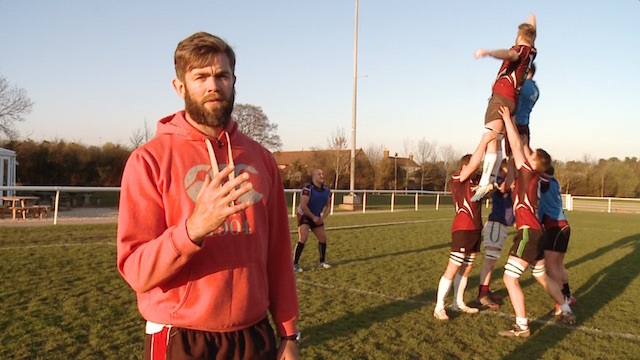
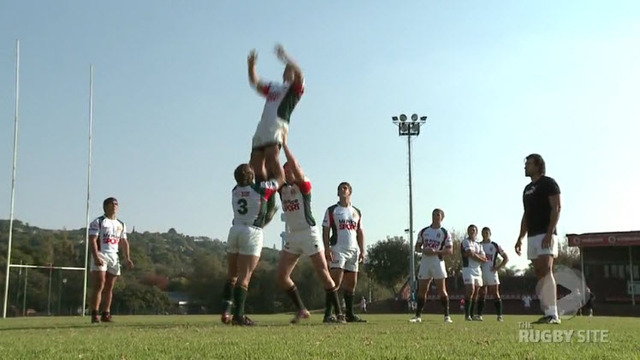
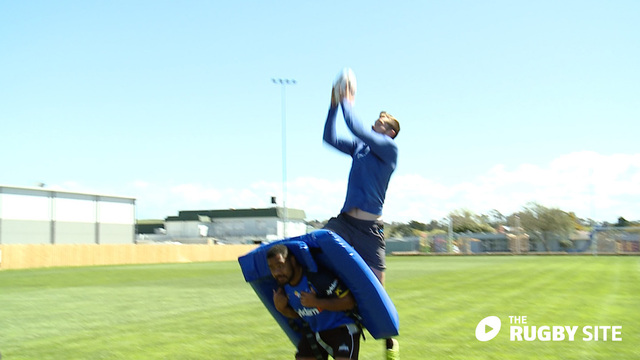
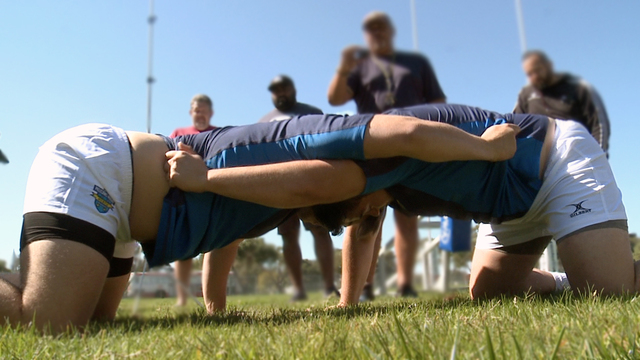
.jpg)
